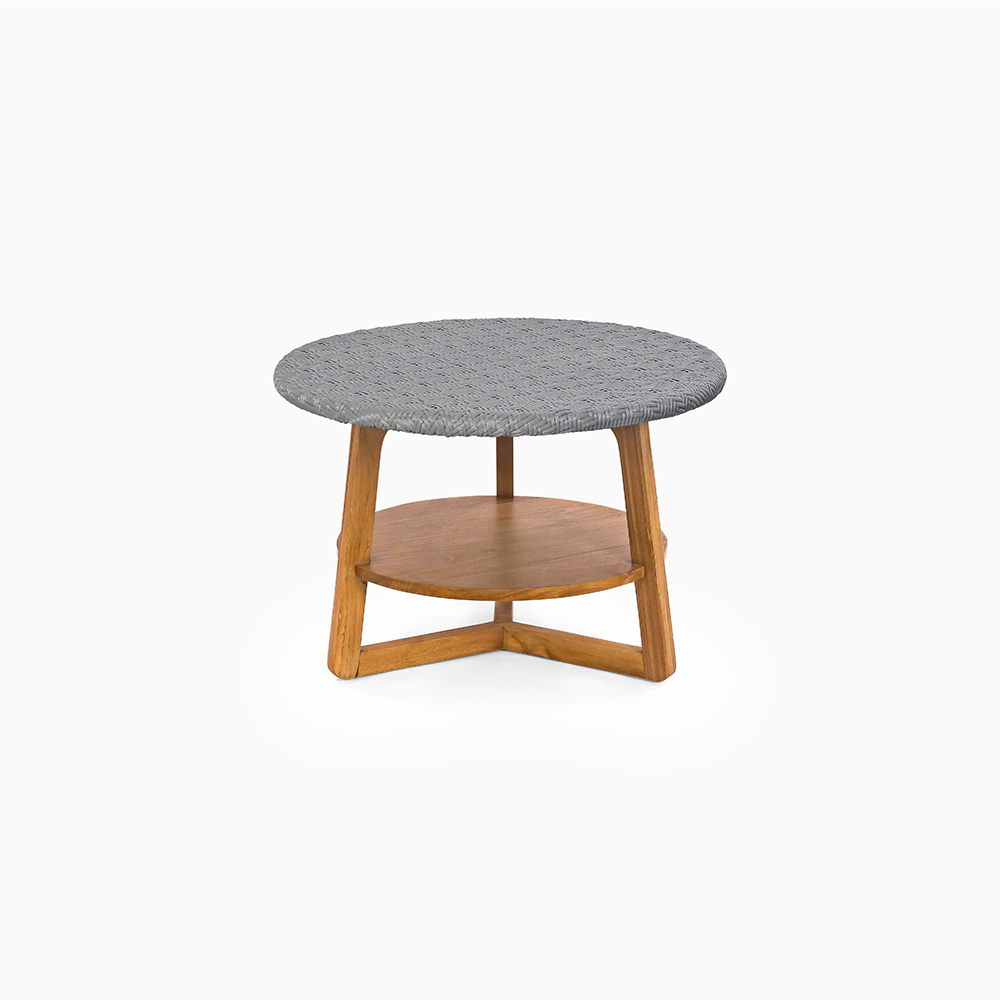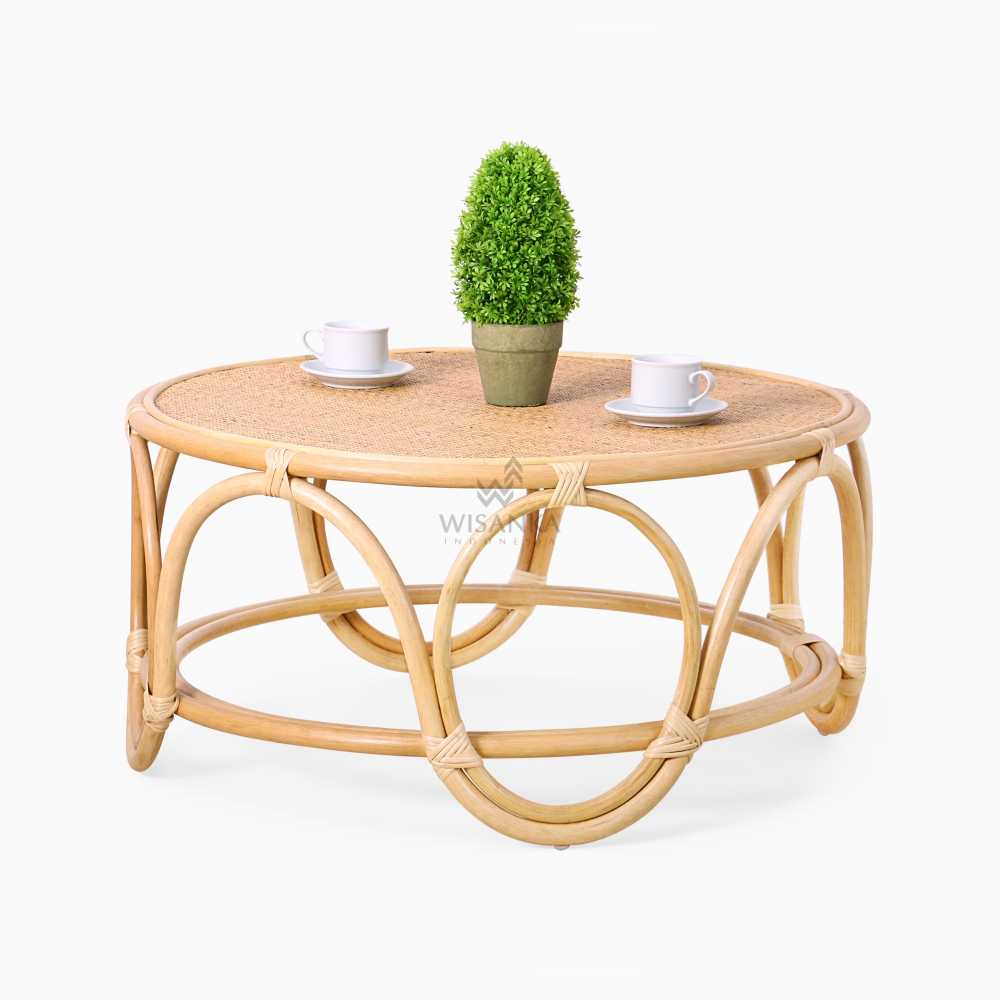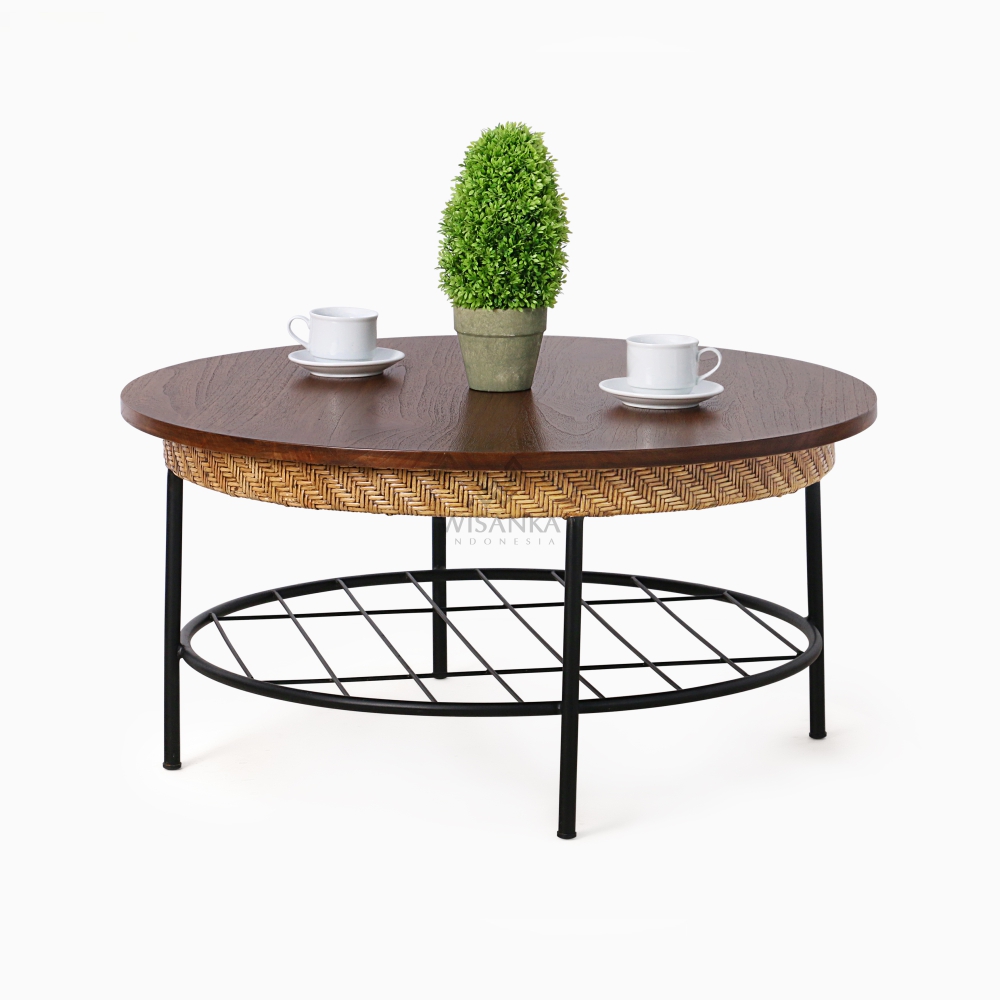Coffee tables are more than just pieces of furniture; they’re the focal point of many living rooms and serve as functional and aesthetic components of our daily lives. When it comes to coffee table height, there isn’t a one-size-fits-all solution. Cultural preferences, interior design trends, and the intended use of the coffee table all play a role in determining the ideal height. In this article, we will explore coffee table height recommendations from around the world and help you find the perfect balance between form and function for your space.
The Golden Rule: Comfort and Proportion

Daryl Table – Outdoor Rattan Coffee Table
Before delving into regional variations, it’s essential to understand the fundamental principles that guide coffee table height recommendations worldwide. Regardless of where you live, two key factors should influence your decision:
- Comfort: The primary purpose of a coffee table is to facilitate convenience. When seated on your sofa or chairs, your coffee table’s surface should be at a comfortable height, making it easy to reach for items without straining. Generally, a coffee table’s height should align with the seat height of your sofa or be slightly lower.
- Proportion: A coffee table should harmonize with the scale and style of your living room. It should neither dominate the room nor get lost in it. The height should be proportionate to the other furnishings in the space.
Coffee Table Height Recommendations Worldwide Guidelines: Finding Harmony in Style and Comfort

Dubbo Coffee Table – Rattan Coffee Table Round
Now, let’s take a closer look at coffee table height recommendations from various parts of the world:
- North America: 16-18 inches (40-46 cm) In North America, the most common coffee table height falls between 16 and 18 inches. This range complements the standard seating heights found in North American furniture, ensuring that guests can comfortably reach their coffee cups or magazines.
- Europe: 15-17 inches (38-43 cm) European aesthetics often lean towards lower coffee tables, with heights typically ranging from 15 to 17 inches. This choice emphasizes a more relaxed and informal atmosphere, ideal for lounging and enjoying a leisurely coffee.
- Asia: 12-14 inches (30-36 cm) In Asia, where floor seating and low tables are more prevalent, coffee tables tend to be shorter, typically measuring 12 to 14 inches. This height facilitates a comfortable cross-legged or kneeling position when enjoying tea or a meal on the floor.
- Middle East: 18-20 inches (46-51 cm) Middle Eastern design often incorporates larger and taller coffee tables, ranging from 18 to 20 inches in height. This is partly influenced by the use of floor cushions and the desire to create a more formal, majestic ambiance.
- Scandinavia: 16-18 inches (40-46 cm) Scandinavian design principles align closely with North American preferences. Coffee tables in this region typically fall within the 16 to 18-inch range, emphasizing functionality and comfort.
Conclusion

Kiama Coffee Table
Coffee table height recommendations vary across the globe due to cultural preferences, interior design styles, and furniture traditions. While these regional guidelines provide a helpful starting point, it’s essential to prioritize your own comfort and the aesthetic harmony of your living space. Consider the height of your seating, the intended use of the coffee table, and your personal style preferences when making your decision. Ultimately, the perfect coffee table height is one that suits your unique needs and complements your living room’s overall design.
